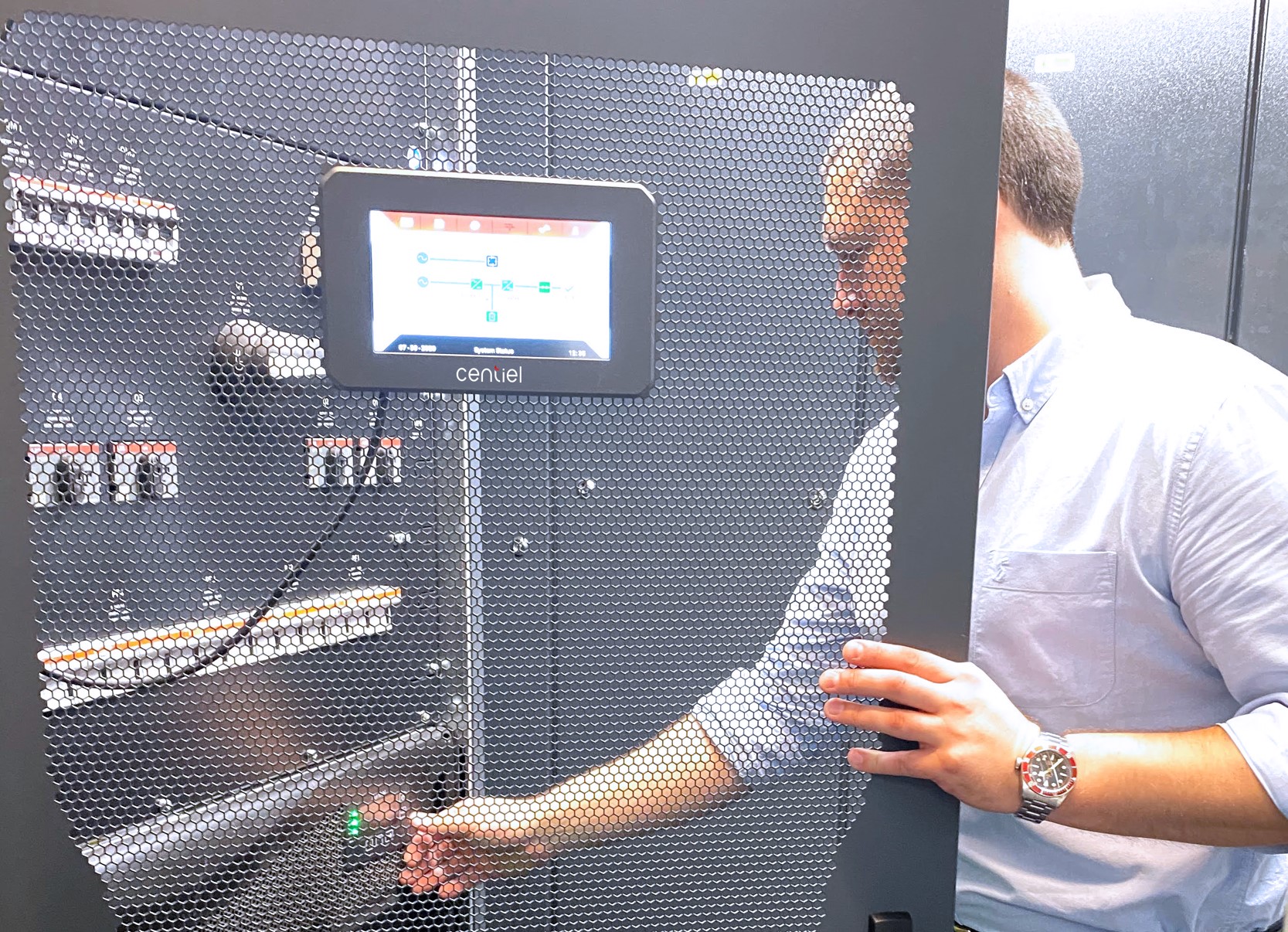How do you correctly size a UPS system? The million dollar question! Well maybe not quite the million dollar question, but one well worth asking. An incorrectly sized UPS will impact both CAPEX and OPEX, and how much could this cost you in the future? Louis McGarry, sales and marketing director at CENTIEL UK Ltd delves deeper.
To right size a UPS, you need to understand the actual load and there are many things to consider, but most important is the load profile over time. How has the load behaved historically? What is required today? What may be required in the future?
Understanding this profile allows a more accurate roadmap to be developed for the path ahead. It also means the UPS can be be sized correctly at day one but with a realistic understanding of what day two might actually look like.
Using a true modular UPS system can help manage your roadmap and provide the flexibilty required to adapt with any planned or unplanned changes to the load profile. This technology provides the option to add UPS modules to suit the actual load (right-size) and further modules if and when needed.
A true modular UPS should not only have the ability to match the load profile physically, it also needs the functionallity to optimise the efficiency of the overall system automatically.
CENTIEL’s True Modular UPS system is designed with maximum efficiency management (MEM) as standard. MEM automatically puts the modules that are not required to support the load into ‘hibernation’, and ensures that all modules within the system have the same lifecycles and share the same running time. They age together and for longer.
This is specifically benificial for installations where the load profile fluctuates on a regular basis. For example, one recent client only required two of the three UPS modules six months of the year in order to support the load and maintain redundancy.
MEM functionality is helpful for the medical, business, and financial sectors where the demand can change on a daily basis, influenced by peak and off-peak business hours. Even colos and data centres, where load demand is impacted by changes to client demand or contract changes, are able to utilise this technology to optimise their system efficiency on a continious basis.
This works well for systems with fluctuating loads but what about where the load simply increases? How do clients know when to add more modules without unnecessarily oversizing?
Making an early assessment about potential ‘growth spurts’ can help you make the right decision at day one when selecting UPS module sizes (e.g. 10kw or 50kw). This can keep the cost of adding incremental modules down, and once again prevent the need to oversize. Remember, when adding UPS modules you only need to purchase what you need for that stage of growth.
Remote monitoring of the UPS with tools such as Simple Network Management Protocol (SNMP) is also important as it is possible to see what is happening in real-time from any location, and it will alert you to any unexpected issues.
Monitoring will also provide information on how the UPS is loaded and if it could be better balanced before the need to upgrade, optimising the capacity of the system.
Close monitoring and regular service visits can also identify times when the UPS has gone into overload. In this situation, users will get an alarm which remains on until the overload has been resolved. All UPS systems are designed to run for a short period of time at overload capacity.
However, if this happens regularly, it could be an indication that it may be time to add a module to maintain capacity or regain redundancy.
A flexible system is integral to enable those ‘growth spurts’ supporting the journey to day two. For seemless integration into live systems, it is also necessary to ensure that the UPS has the ability to add UPS modules safely, with zero downtime.
Being able to fully isolate and test new equipment within a live system (safe-hot-swap) before it accepts any load mitigates any potential faults before introducing it to the rest of the system. In a system without safe-hot-swap, any issue with a module going into a live system could have catastrophic consequences, putting your load at risk.
Careful management of power continuity can maximise power protection and minimise the total cost of ownership at the same time. At CENTIEL, our design team has been working at the forefront of technological development for many years.
We are the trusted advisors to some of the world’s leading institutions. We have developed our pioneering 4th generation true modular UPS system CumulusPowerTM which offers industry-leading availability of 99.9999999% (nine, nines) through its Distributed Active Redundant Architecture (DARA), combined with low total cost of ownership (TCO) through its Maximum Efficiency Management (MEM) and low losses of energy.
For more information about our full range of UPS solutions or to request a free site survey please visit, www.centiel.co.uk.



